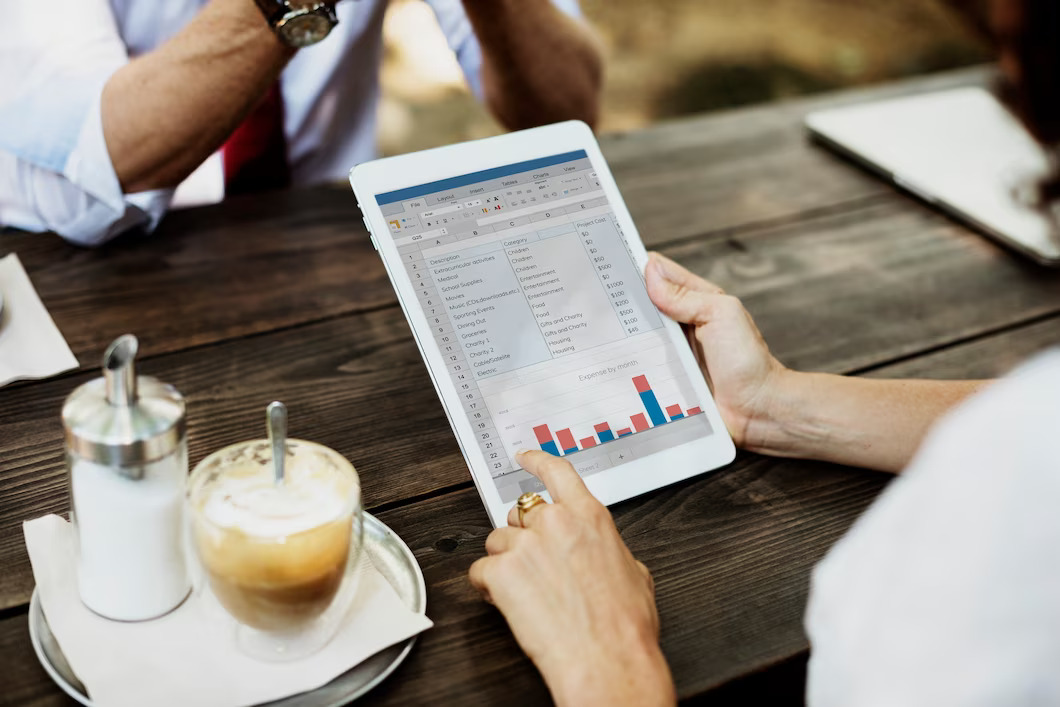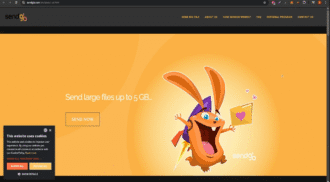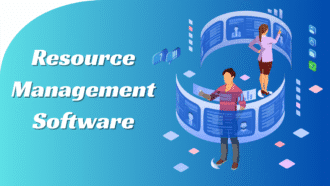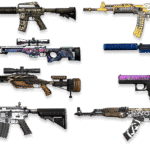Boosting Restaurant Efficiency: A Deep Dive into Restaurant Management Software
In the restaurant industry, success goes beyond just great food. Restaurants started using advanced restaurant management systems to enhance customer satisfaction and run operations more efficiently.
Data analysis is changing the game, helping restaurants make better decisions to improve their menus, simplify operations, and increase profits.
The Role of Restaurant Management Software

Restaurant management software is a specialized point-of-sale tool for restaurants and similar food businesses. It is a handy tool for owners and managers, making restaurant operations smoother in various duties, from handling menus to tracking inventory, managing online orders, scheduling staff, and more.
Let’s see by numbers:
- The software can improve restaurant and food-service efficiency by up to 20%, helping them serve more customers and increase revenue.
- Approximately 75% of restaurants that implement inventory management software report food wastage reduction, helping in cost savings.
- Online orders account for about 63% of restaurant orders, and the software helps simplify this process, meeting customer demand for convenience.
- Restaurants that use reservation and customer management features in their software experience a 20% increase in customer retention rates.
- Employee scheduling features in the software reduce labor costs by 5-10% and minimize scheduling conflicts.
- It helps in menu improvements, with about 70% of restaurants reporting an increase in sales after making menu changes based on software recommendations.
- Feedback collection tools integrated into these systems have helped around 80% of restaurants enhance their services and adapt to customer preferences.
- Restaurant data violations cost an average of $160,000 per incident. Robust security features in management software protect customer data and prevent such violations.
If you are new to the restaurant business, you might wonder if this tool is necessary. To clear things up and simplify your decision. Here are some top reasons every restaurant should consider using it.
Speed up Order-Taking
RMS solutions help proceed orders up to 15% faster than traditional methods as they offer easier menu management. It often includes digital menus that can be easily updated. Customers can browse these menus on tablets or smartphones, reducing the time spent explaining the menu items. Digital menus on tablets or smartphones offer vivid imagery and detailed descriptions, helping customers make quicker decisions. This technology reduces order errors, ensuring kitchen staff receives accurate instructions, saving time and resources that would have been spent fixing errors.
Track Inventory Levels
According to recent studies, RMS helps reduce food waste by up to 20% through precise inventory management. This software enables restaurant owners and managers to keep a real-time record of their stock: from ingredients in the kitchen to beverages at the bar and more.
It prevents over-ordering and ensures that items don’t run out unexpectedly. Automated alerts for low stock and expiry dates empower restaurants to make informed purchasing decisions, saving costs and improving efficiency. This tool is effective for optimizing inventory levels and boosting profitability and sustainability.
Effective Table Optimization
The software solutions are vital for ensuring effective table optimization. Recent data shows that RMS can boost table turnover rates by up to 15%, impacting a restaurant’s profitability. It achieves this by providing real-time insights into table availability, allowing staff to manage reservations, walk-ins, and waitlists. Some solutions integrate data on customer preferences and dining histories, enabling staff to make personalized seating recommendations. In this competitive industry, where every table counts, food service management software is essential for revenue generation and restaurant success.
Simplified Staff Scheduling
RMS is a powerful tool to reduce time spent on scheduling by 75%, allowing managers to focus on other critical aspects of running a restaurant. The software streamlines the process by considering factors such as employee availability, skillsets, labor laws, and historical data, ensuring that schedules are compliant and efficient. Some tools offer features like shift changing and automated notifications, which help in improved communication and flexibility among staff, reducing last-minute adjustments.
Data Collection for Personalized Marketing
Marketing is a fundamental component of a successful restaurant business, and Restaurant Management Software plays a crucial role in data collection for personalized marketing strategies. It collects valuable customer information, such as dining preferences, order history, and contact details, which can be helpful to tailor marketing campaigns.
This data allows restaurants to get insights into sales, inventory, and customer behavior and send personalized promotions, special offers, and loyalty rewards directly to customers, enhancing engagement and encouraging repeat visits. Most solutions integrate with CRM tools, enabling restaurants to segment their customer base and target specific demographics.
Remote Access
The remote access RMS offers managers, staff, and other stakeholders in the restaurant business is a valuable advantage that empowers managers to keep an eye on their restaurant’s performance from anywhere. Through mobile apps and web interfaces, managers can access real-time data on sales, inventory levels, and customer feedback. They can also make immediate decisions, adjust menus, update pricing, and schedule staff remotely. Advanced tools enhance operational efficiency and support better work-life balance for restaurant professionals.
Competitive Advantage
The restaurant industry is undeniably competitive, and the numbers emphasize it. According to recent studies, about 60% of restaurants do not survive their first year of operation, and about 80% of restaurants have closed their doors within five years. Factors such as changing consumer preferences, high operating costs, and the need to innovate in cuisine and service contribute to this competitive market.
Integrating technology and RMS is a critical step that offers a competitive advantage and increases in operational efficiency and profitability. This software optimizes various aspects of restaurant management, which helps succeed by delivering better service, improving efficiency, and gaining a competitive edge in the market.
Conclusion
RMS is a powerful tool for historical data for demand forecasting and supply planning. Integrating it is a strategic move that can bring remarkable results for your restaurant. Statistics show that businesses that effectively use historical data experience, on average, a 20% reduction in operational costs and a 15% increase in revenue.
If you are seeking an effective RMS tool, HotelMinder’s marketplace offers an excellent solution. It can help improve your business efficiency, profitability, and competitiveness in the dynamic hospitality industry.

















